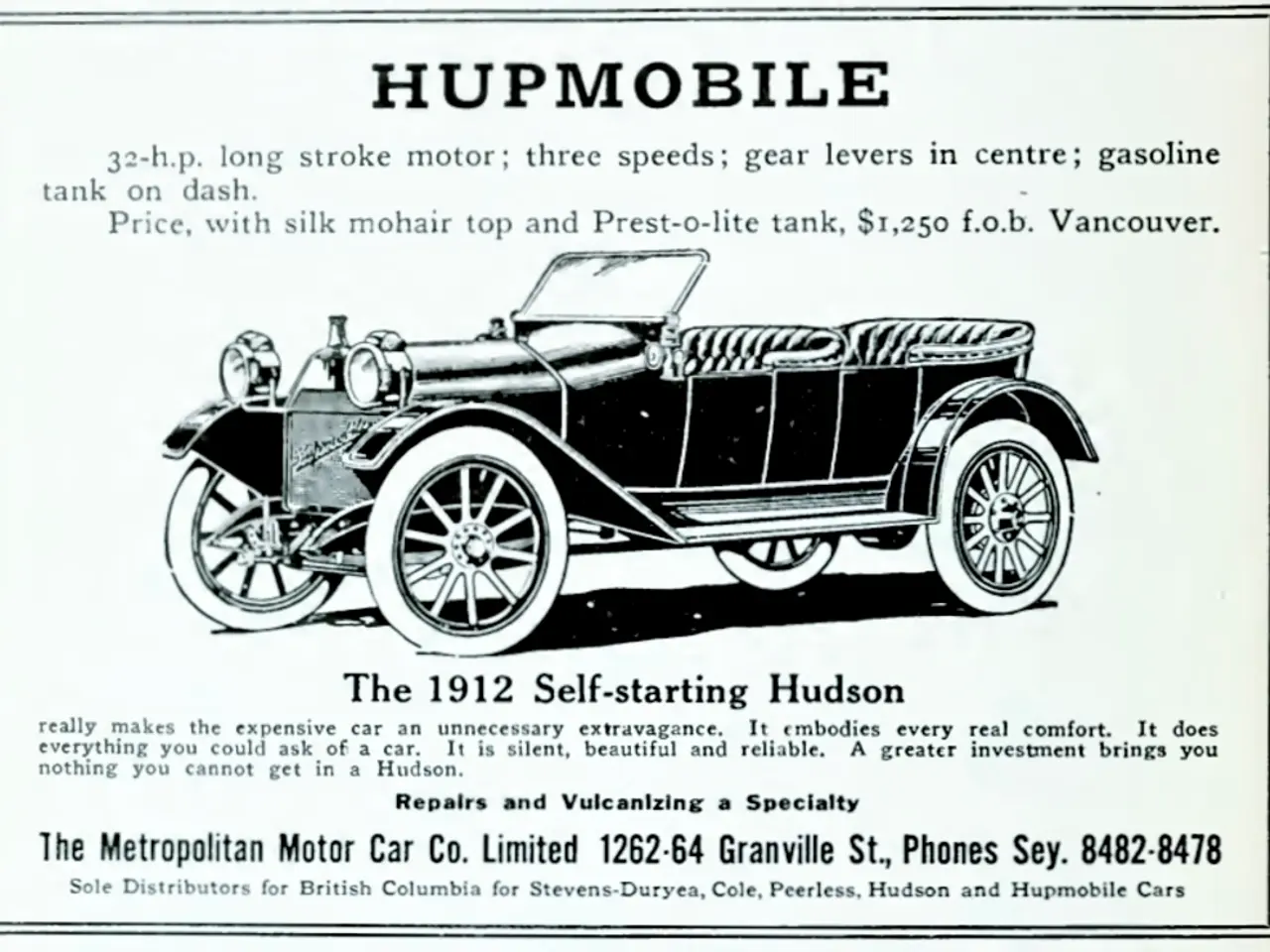Techniques in Hidden Advertising: Impact of Carl Jung and Milton Erickson on Thought Processes and Personal Growth
In the realm of both advertising and psychotherapy, the concept of embedded messages has proven to be a powerful tool. This technique, first developed by Carl Jung and later refined by Milton Erickson, allows for a deeper exploration of the human mind.
Carl Jung's embedded messages method, a cornerstone of his unique approach, enables an individual to become aware of only one of two messages being heard simultaneously. This technique, when applied in psychotherapy, helps clients understand and resolve inner conflicts by reaching deeper layers of the mind.
On the other hand, advertisers use embedded messages to create emotional and behavioral resonance with their audience. These messages, often linked to positive emotions, memories, or fundamental human needs, serve as psychological triggers that evoke desired emotions and associations with a product, service, or brand.
For instance, Coca-Cola's advertising campaign frequently employs words like "refreshing" and "pleasure" to create associations with moments of happiness and joy. Similarly, the auto industry often uses expressions like "serene" and "calm" to emphasize the comfort and noise level inside vehicles.
Apple's marketing strategy emphasizes innovation and ease of use in every piece of text and imagery, reinforcing and amplifying the central theme. This focus on aligning the product's features with the audience's needs and desires can make a lasting impact.
Understanding the target audience is crucial for advertisers. By choosing the most effective words and phrases that truly resonate with them, advertisers can craft compelling advertising copy. The ideal approach, as suggested by experts, is to use 3 to 5 key words for every 25 words of text.
Successful advertising copy also highlights the main idea without overwhelming the consumer with insignificant details. Embedded messages are designed to stand out from the surrounding text and have a profound impact on the reader's subconscious.
Moreover, combining vibrant and uplifting visuals with emotional embedded messages can significantly enhance the impact of an advertisement. This symbiotic relationship between visuals and words ensures that the message reaches the audience in a memorable and appealing manner.
However, it's important to note that the success of an advertising campaign relies not only on the embedded messages but also on the overall composition, including appealing, memorable, and positively perceived images.
Jung's technique, while primarily used in psychotherapy, can also be applied to aid in the rapid diagnosis of a patient's problems using associative chains. This method can help uncover suppressed negative experiences from the past that might be adversely affecting one's present.
In conclusion, embedded messages, whether in the realm of advertising or psychotherapy, play a significant role in shaping our perceptions and influencing our decisions. Understanding their power and using them judiciously can lead to meaningful and impactful communication.
Read also:
- Peptide YY (PYY): Exploring its Role in Appetite Suppression, Intestinal Health, and Cognitive Links
- Toddler Health: Rotavirus Signs, Origins, and Potential Complications
- Digestive issues and heart discomfort: Root causes and associated health conditions
- House Infernos: Deadly Hazards Surpassing the Flames








